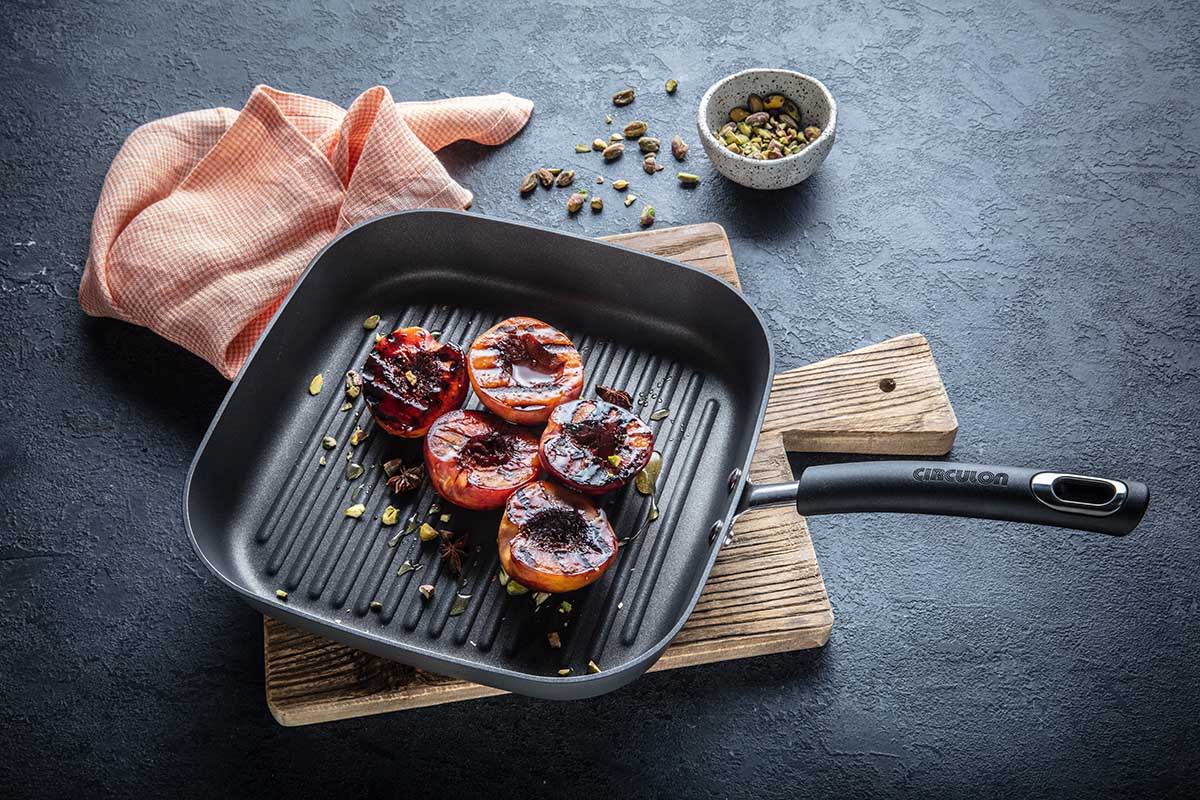How to clean a non stick skillet is a question that every kitchen professional asks at some point in their career. It's essential to maintain the excellent condition of non-stick cookware, as it directly affects the cooking experience and food quality. In this article, we will delve into various methods and tips that ensure your non-stick skillet remains impeccable, enhancing your culinary creations.
Non-stick skillets have revolutionized the way we cook, making meal preparation convenient and efficient. However, they require careful handling and a unique approach to cleaning. Let's explore the best practices to extend the lifespan of your non-stick skillet while maintaining its effectiveness.

Understanding Non-Stick Cookware: A Brief Overview
Before diving into the cleaning methods, it's crucial to understand what non-stick cookware is made of. Typically, these skillets are coated with a layer of polytetrafluoroethylene (PTFE), commonly known as Teflon, or ceramic coatings. Both types provide non-stick properties, but they require different care and maintenance. Here, we discuss the right strategies for each type.
Why Cleaning Is Crucial?
Cleaning your non-stick skillet properly not only prevents the buildup of grease and food residues but also preserves the non-stick coating. Failure to clean your skillet can lead to scratched surfaces and potential health risks when the coating deteriorates. Here are some reasons to keep your skillet in top-notch condition:
- Food Safety: Ensuring your cookware is free from harmful residues is essential for food safety.
- Ensures Longevity: Proper cleaning techniques can extend the lifespan of your skillet.
- Better Cooking Experience: A clean skillet allows for better heat distribution and reduces the risk of sticking food.
How to Clean a Non Stick Skillet: Step-by-Step Guide
Let's discuss the steps involved in cleaning a non-stick skillet efficiently. This comprehensive guide will leave your skillets sparkling clean without risking damage to the coating.
For Regular Cleaning
For everyday cleaning, follow these steps to keep your non-stick skillet in shape:
- Cool Down: Always allow the skillet to cool down completely before attempting to clean it. Sudden temperature changes can warp the skillet.
- Use Gentle Soap: Use a mild dish soap and warm water. Fill the skillet with soapy water and let it soak for a few minutes.
- Soft Sponge: Use a soft sponge or cloth to wipe the interior surfaces gently. Avoid steel wool or abrasive pads, as they can scratch the non-stick coating.
- Rinse Thoroughly: Rinse the skillet under warm water, ensuring all soap residue is removed.
- Dry Properly: Wipe the skillet dry with a soft towel. Avoid air drying, as it may leave spots.
For Stubborn Residues
Sometimes, food residues can be challenging to remove with regular cleaning. Heres how to tackle stubborn leftovers:
- Boiling Water: Add a small amount of water to the skillet and bring it to a light boil. This can help lift stuck-on food.
- Vinegar Trick: For tough stains, mix equal parts of water and white vinegar. Heat the mixture and allow it to sit for a few minutes before wiping it away.
- Baking Soda Paste: Make a paste with baking soda and water. Apply it to stubborn areas and let it sit for about 15 minutes. Wipe with a soft cloth or sponge afterward.
Common Mistakes to Avoid When Cleaning Non-Stick Skillets
Even experienced chefs can make mistakes when caring for non-stick cookware. Here are some common pitfalls to avoid:
- Using Metal Utensils: Always use wooden or silicone utensils to prevent scratching.
- High Heat: Cooking at high temperatures can damage the non-stick coating. Stick to low to medium heat.
- Storing Incorrectly: If you stack non-stick skillets, place a soft cloth between them to prevent scratches.
Additional Tips for Maintaining Your Non-Stick Skillet
Here are some extra tips to ensure your non-stick skillet lasts longer:
- Seasoning: Occasionally, applying a small amount of cooking oil can help maintain the non-stick surface.
- Proper Storage: Store skillets in a dry place and avoid placing heavy objects on top.
- Regular Inspection: Periodically check the skillet for signs of wear or damage.
Resources and Learning
For more tips on caring for other types of cookware, check out these articles:
- Cleaning Cast Iron
- Cleaning Black Iron
- Outside Cleaning Tips
- Mold Removal Tips
- Seasoning with Coconut Oil
- Seasoning Tips

Frequently Asked Questions
1. Can I use metal utensils on my non-stick skillet?
No, using metal utensils can scratch the non-stick surface. Always opt for wooden or silicone utensils.
2. Is it safe to clean non-stick skillets with baking soda?
Baking soda is generally safe for cleaning non-stick skillets when used in moderation. Just be sure to use a soft cloth to avoid scratches.
3. How often should I clean my non-stick skillet?
Its best to clean your non-stick skillet after every use to maintain its condition and ensure longevity.
As an Amazon Associate, I earn from qualifying purchases.





Leave a comment
This site is protected by hCaptcha and the hCaptcha Privacy Policy and Terms of Service apply.